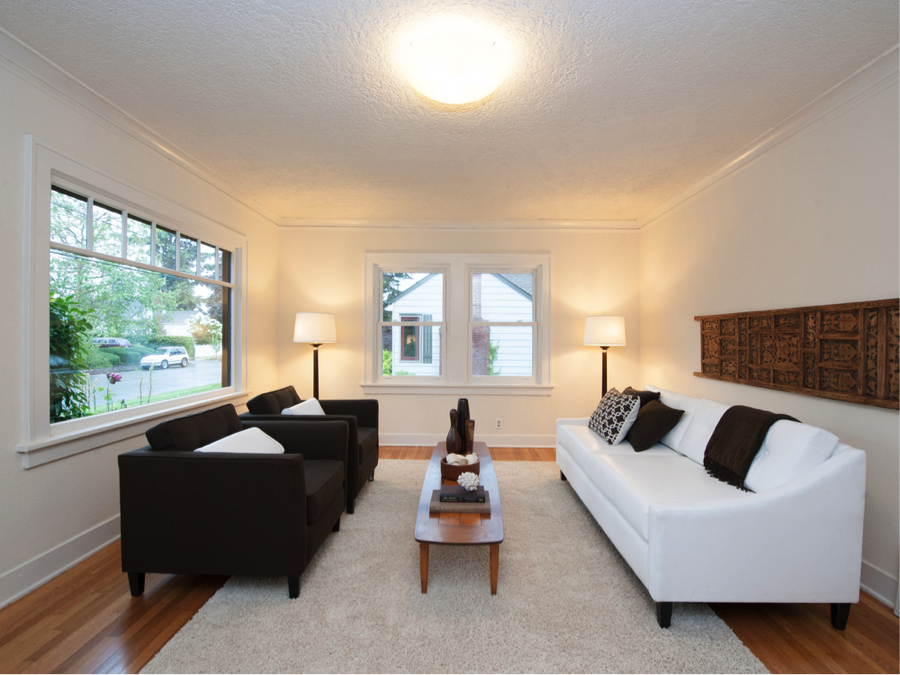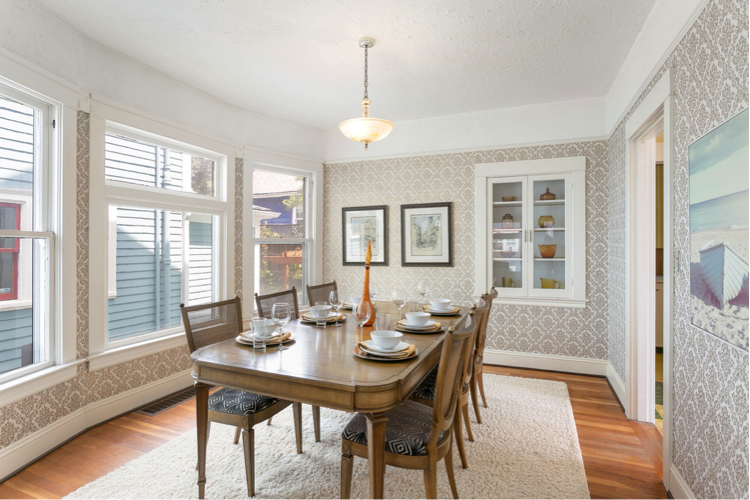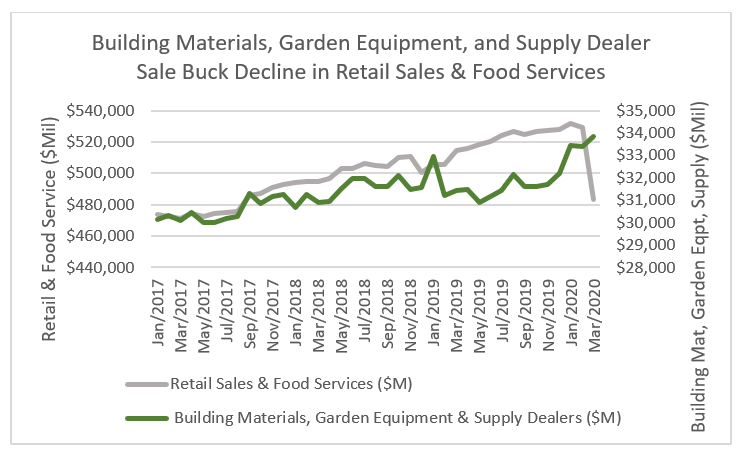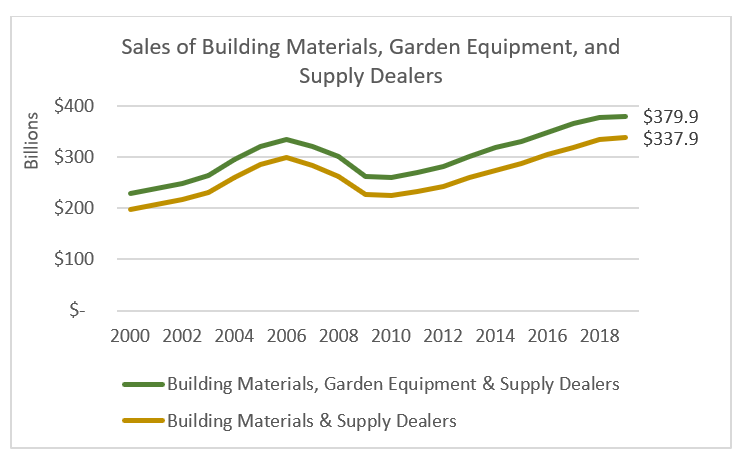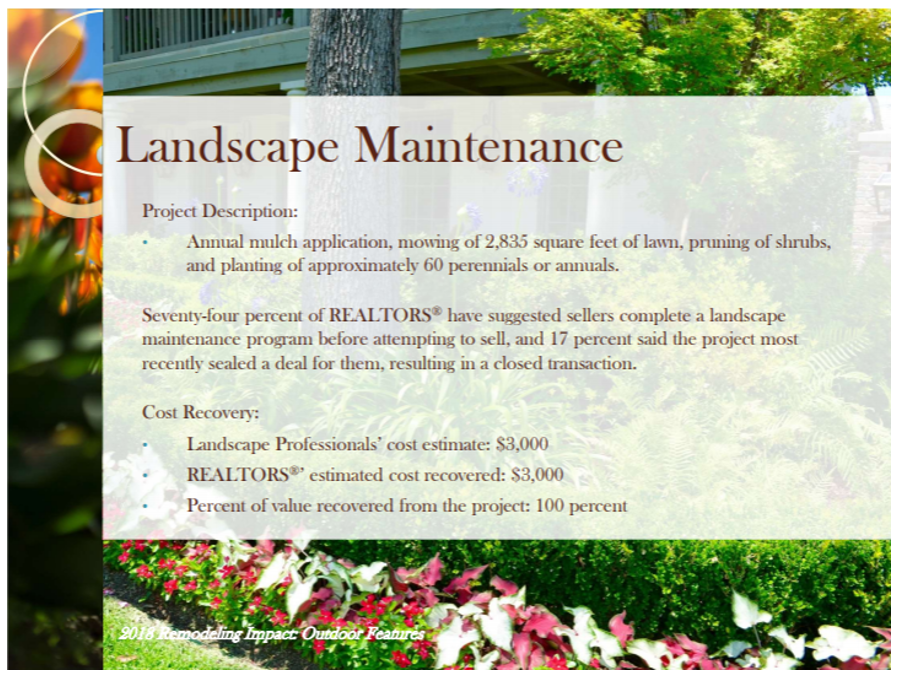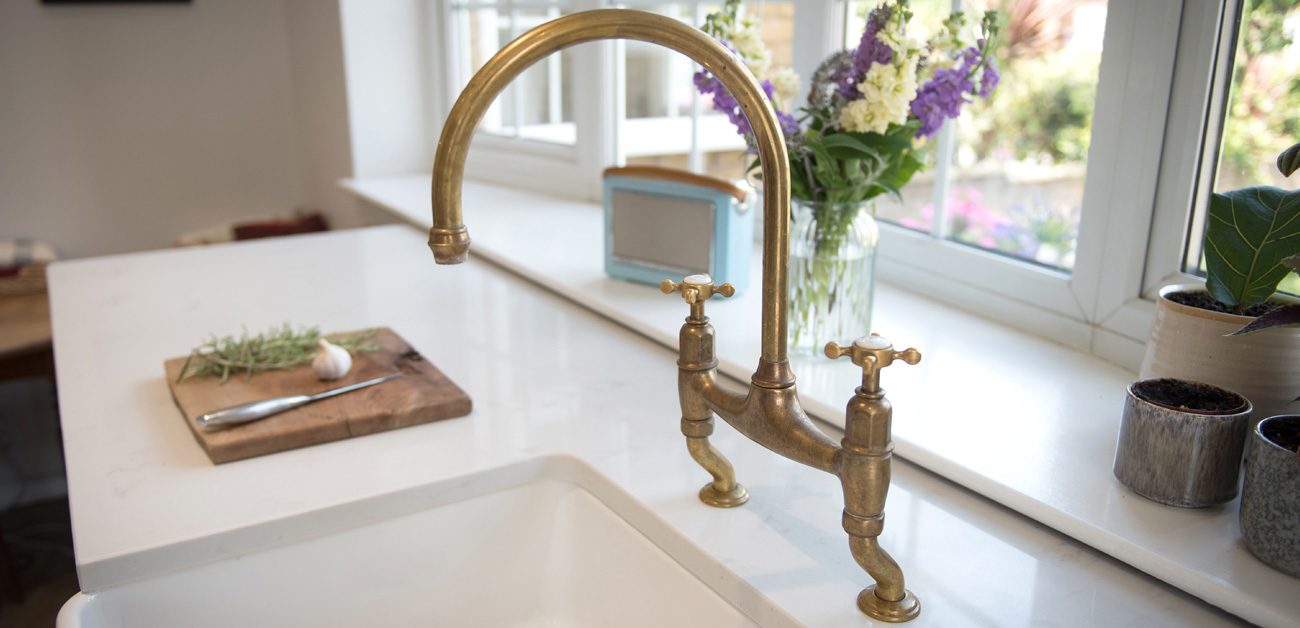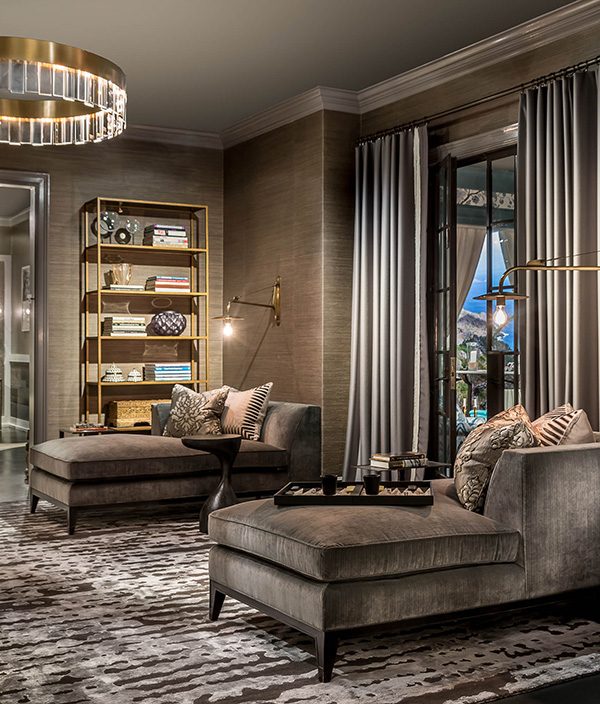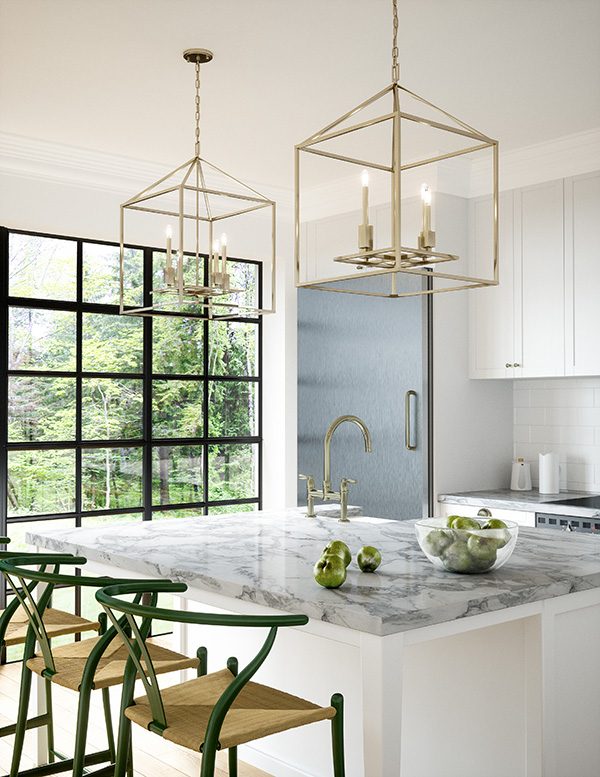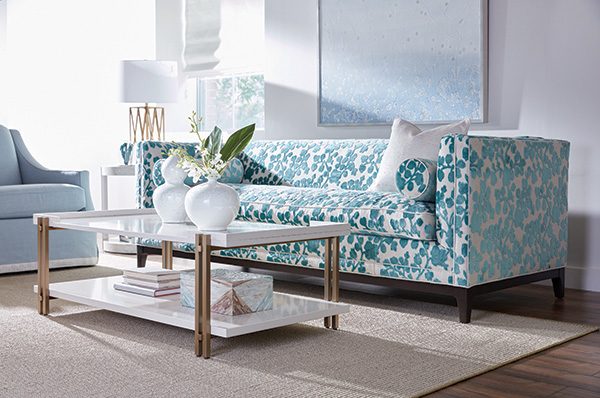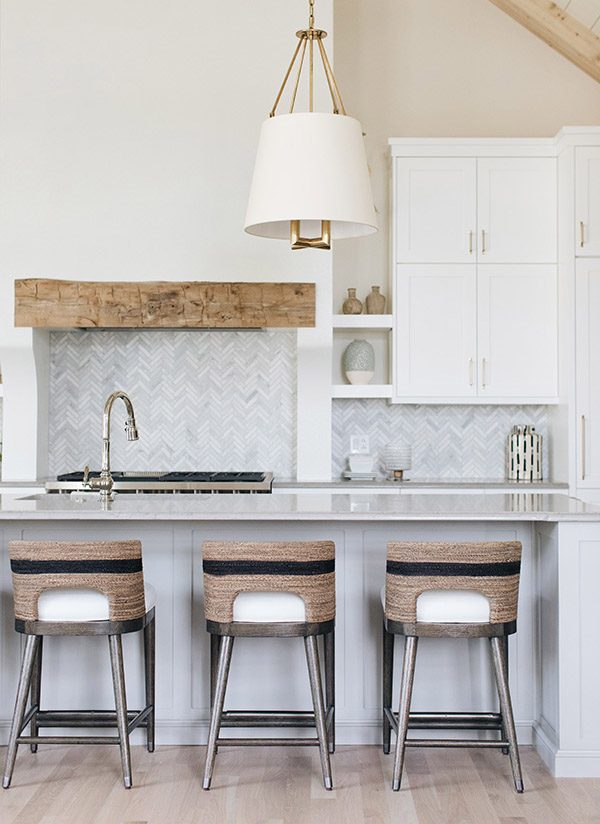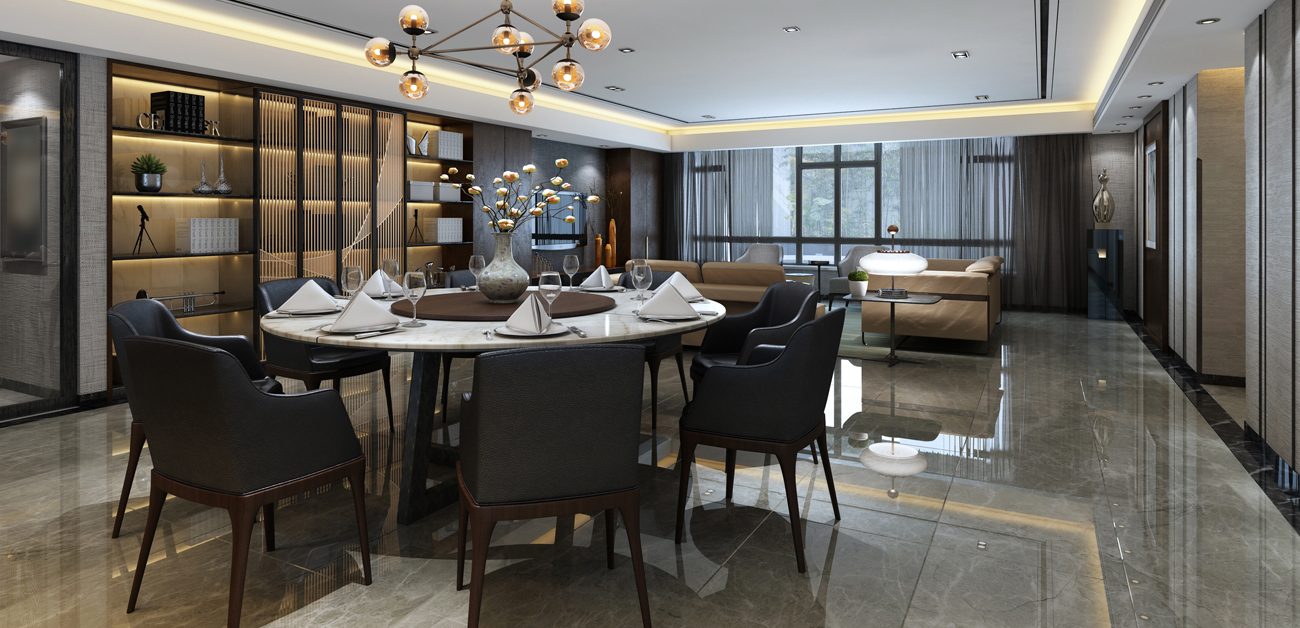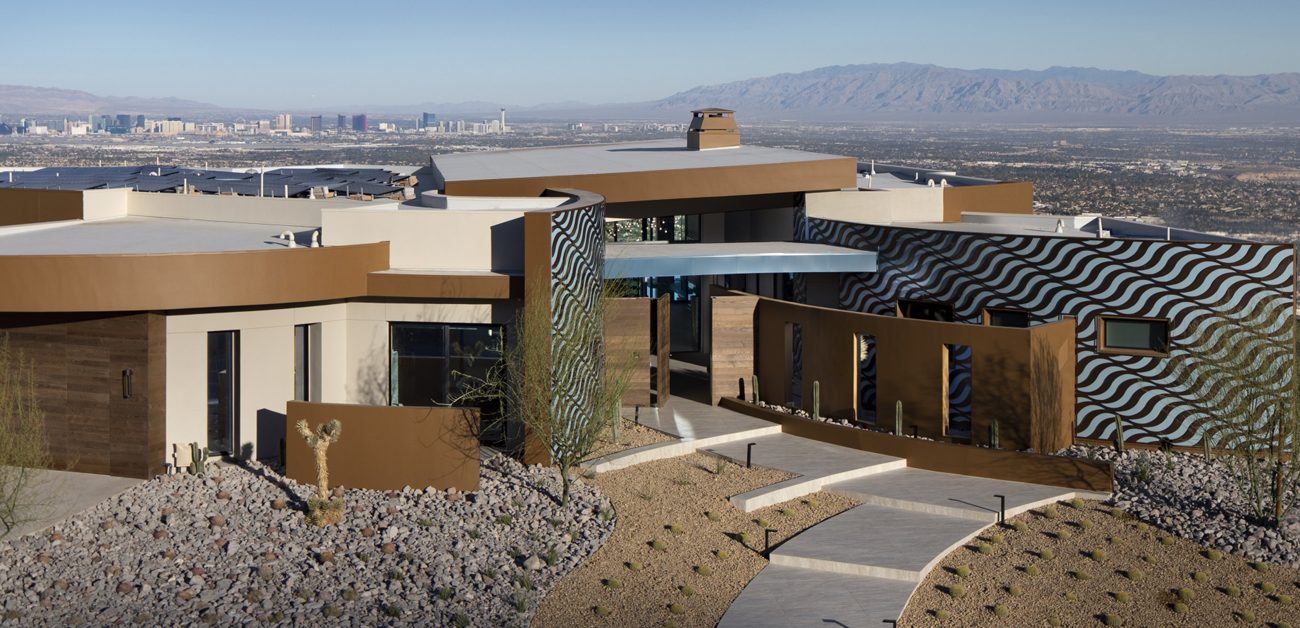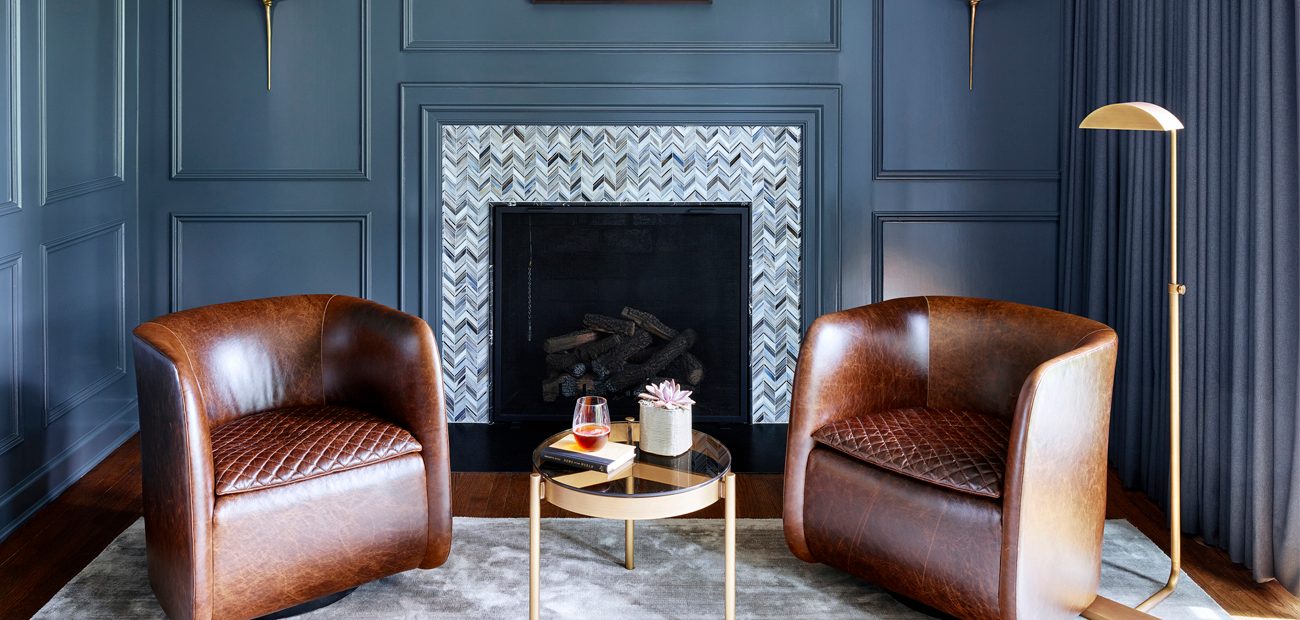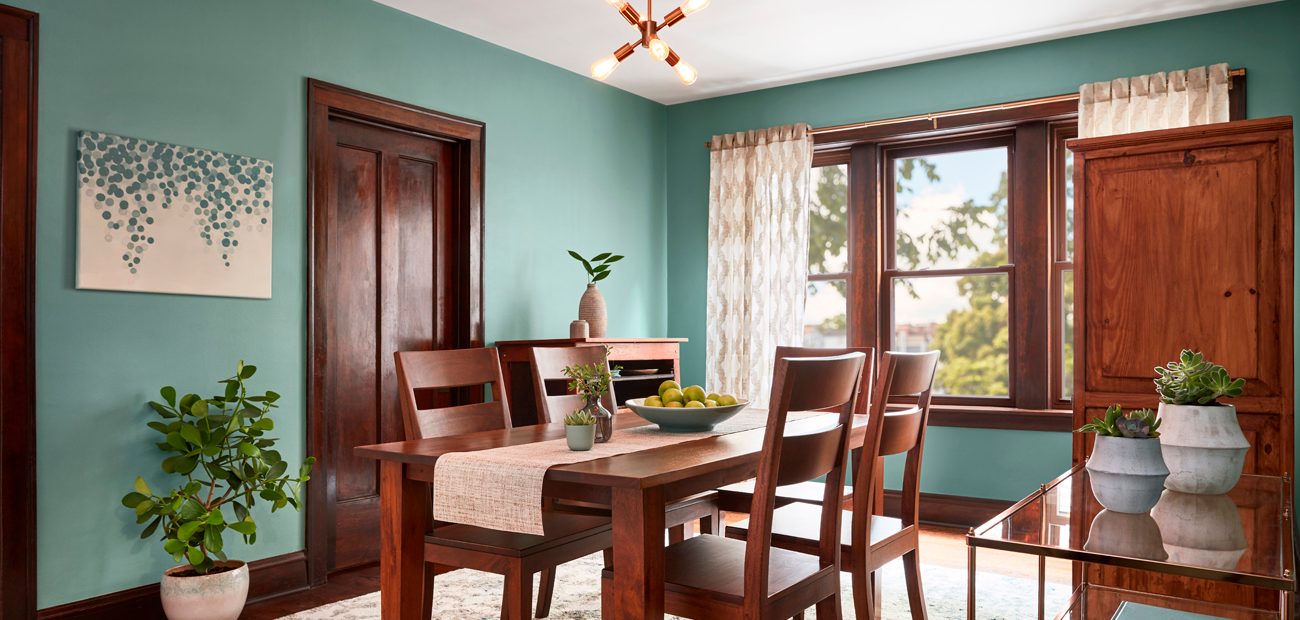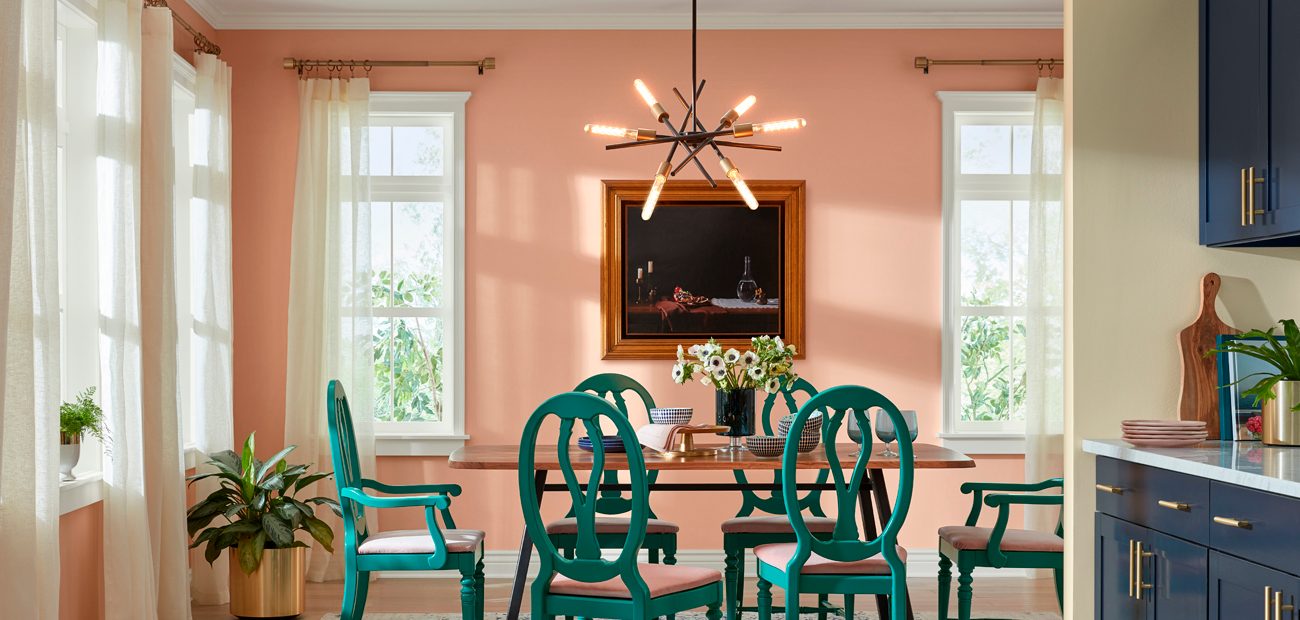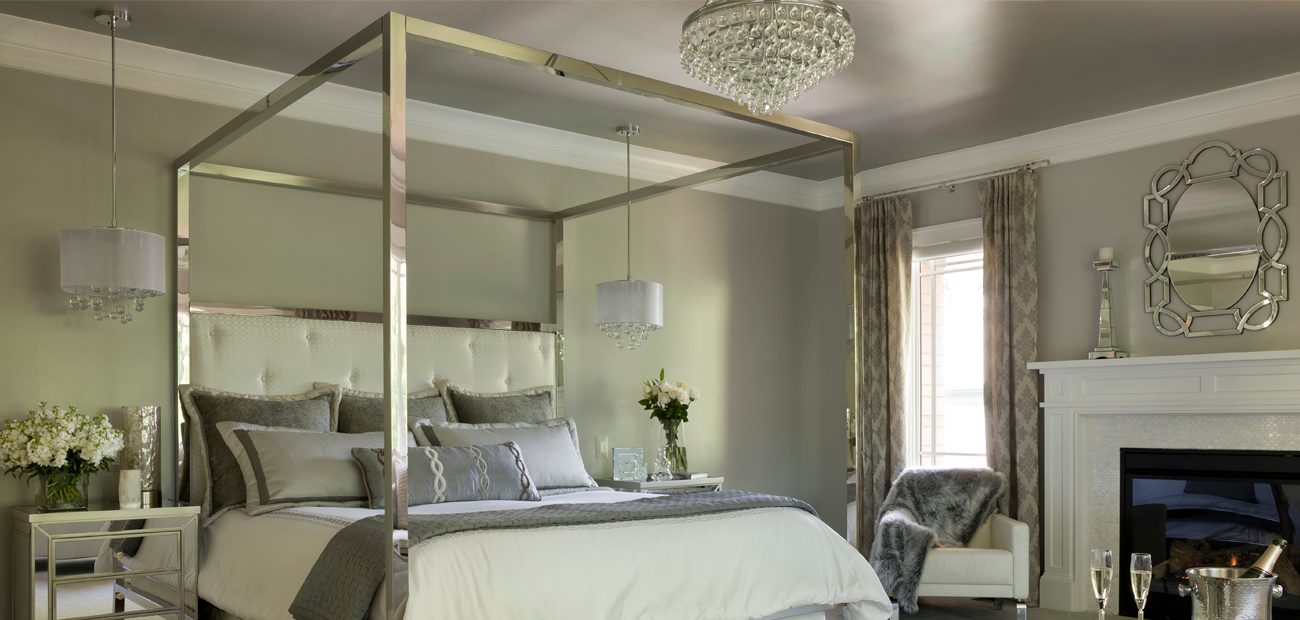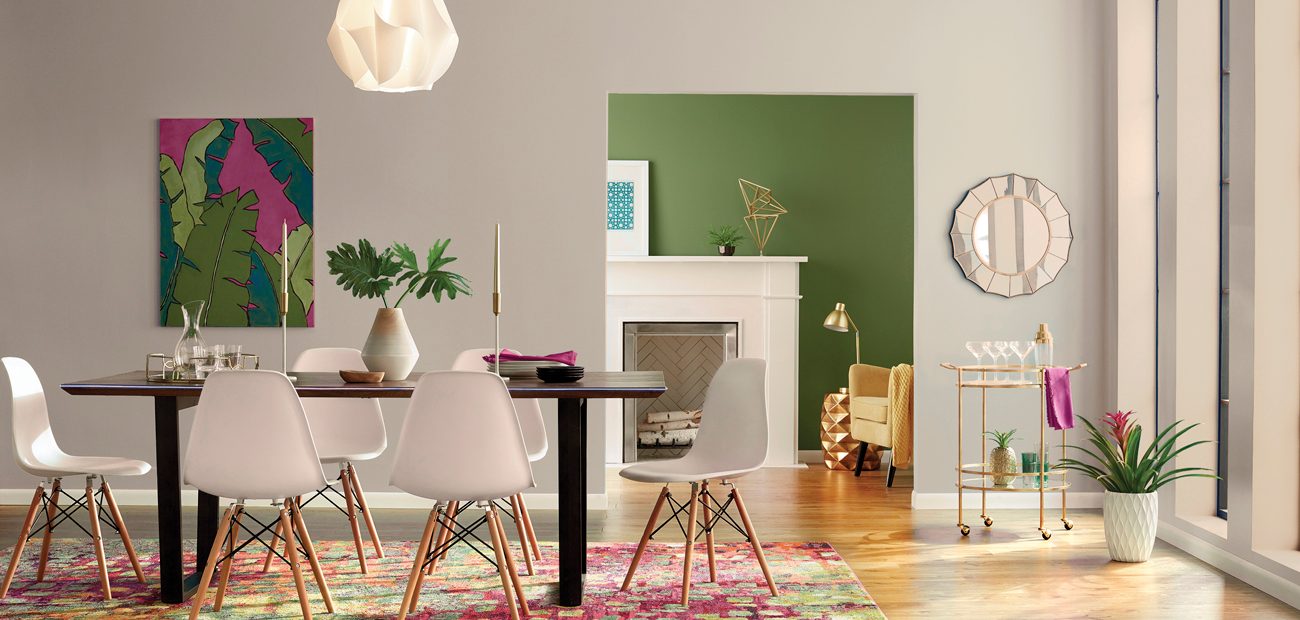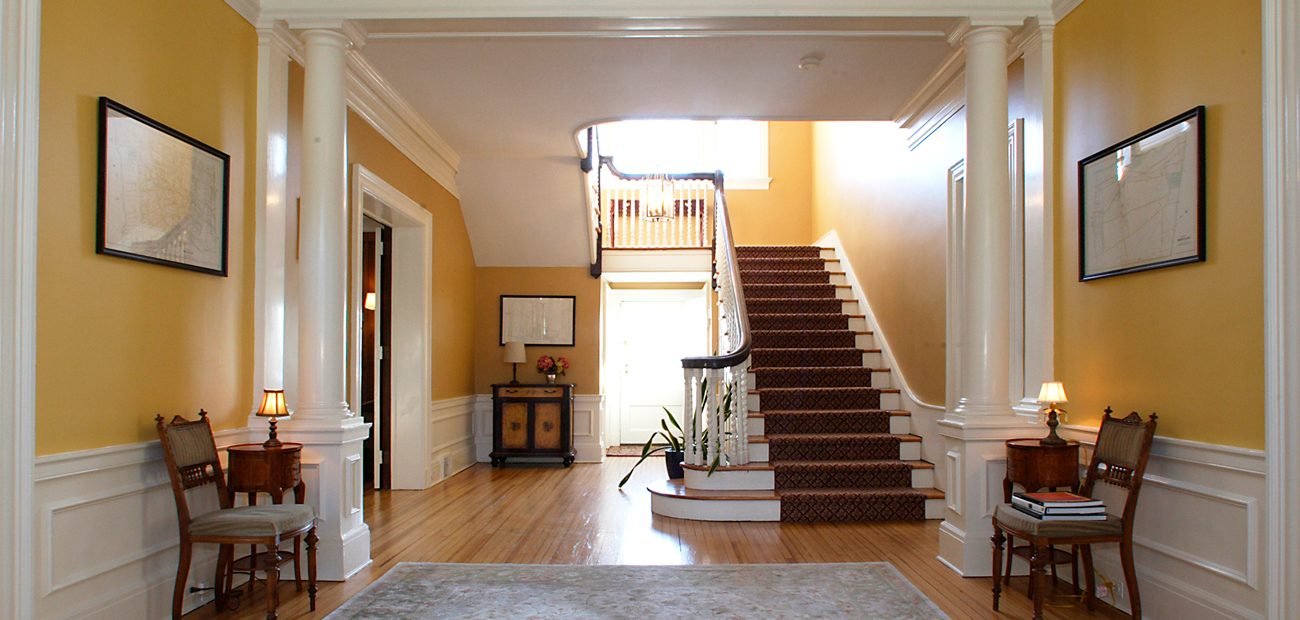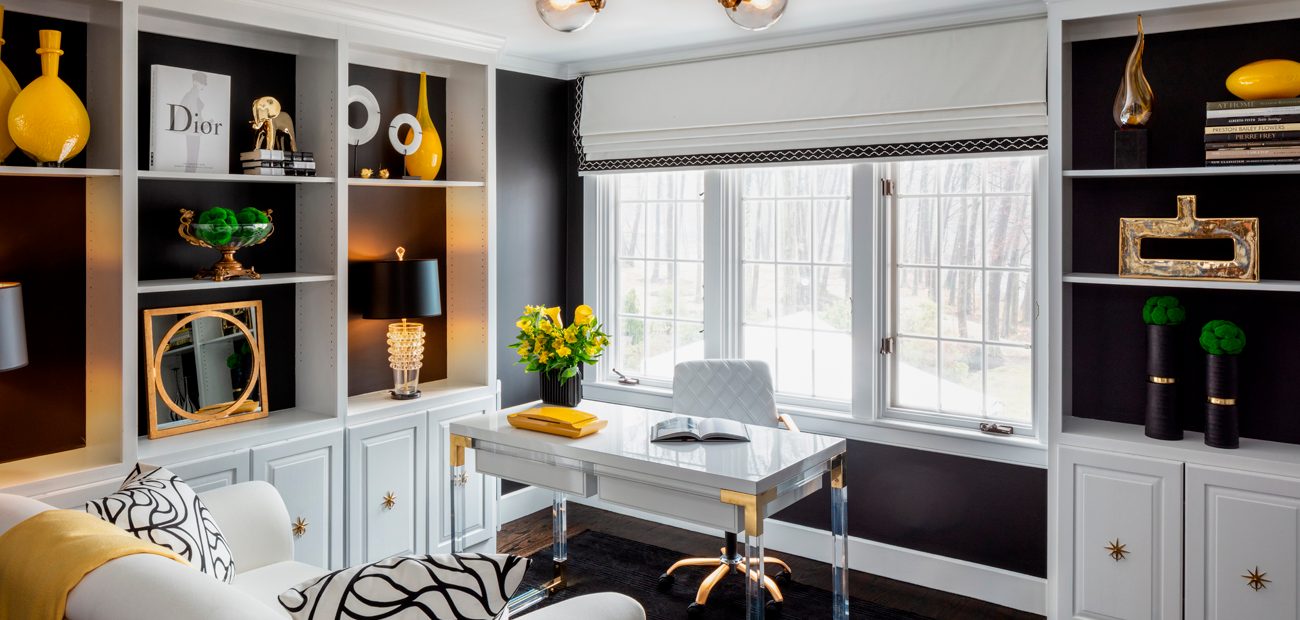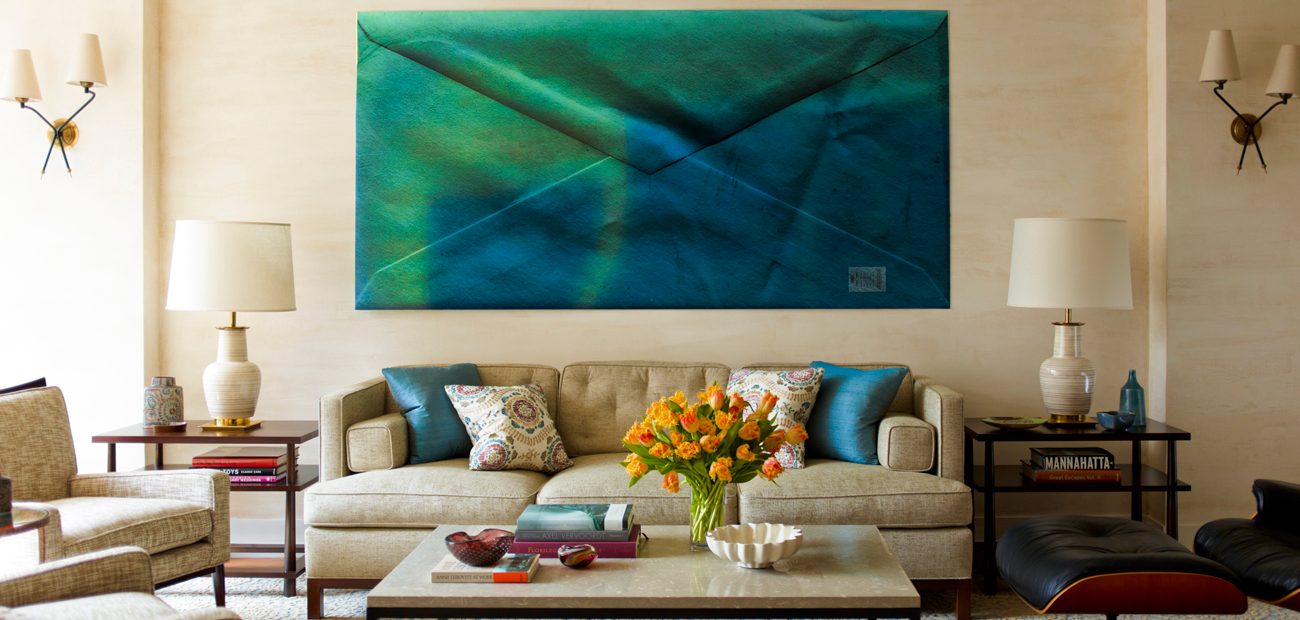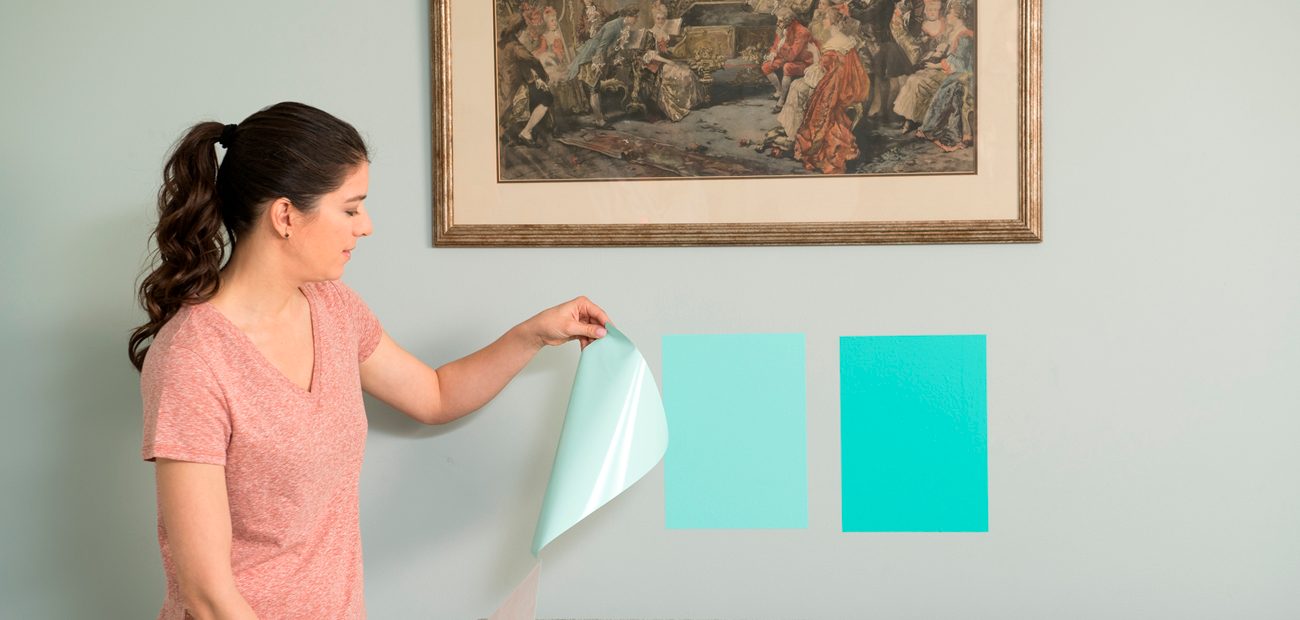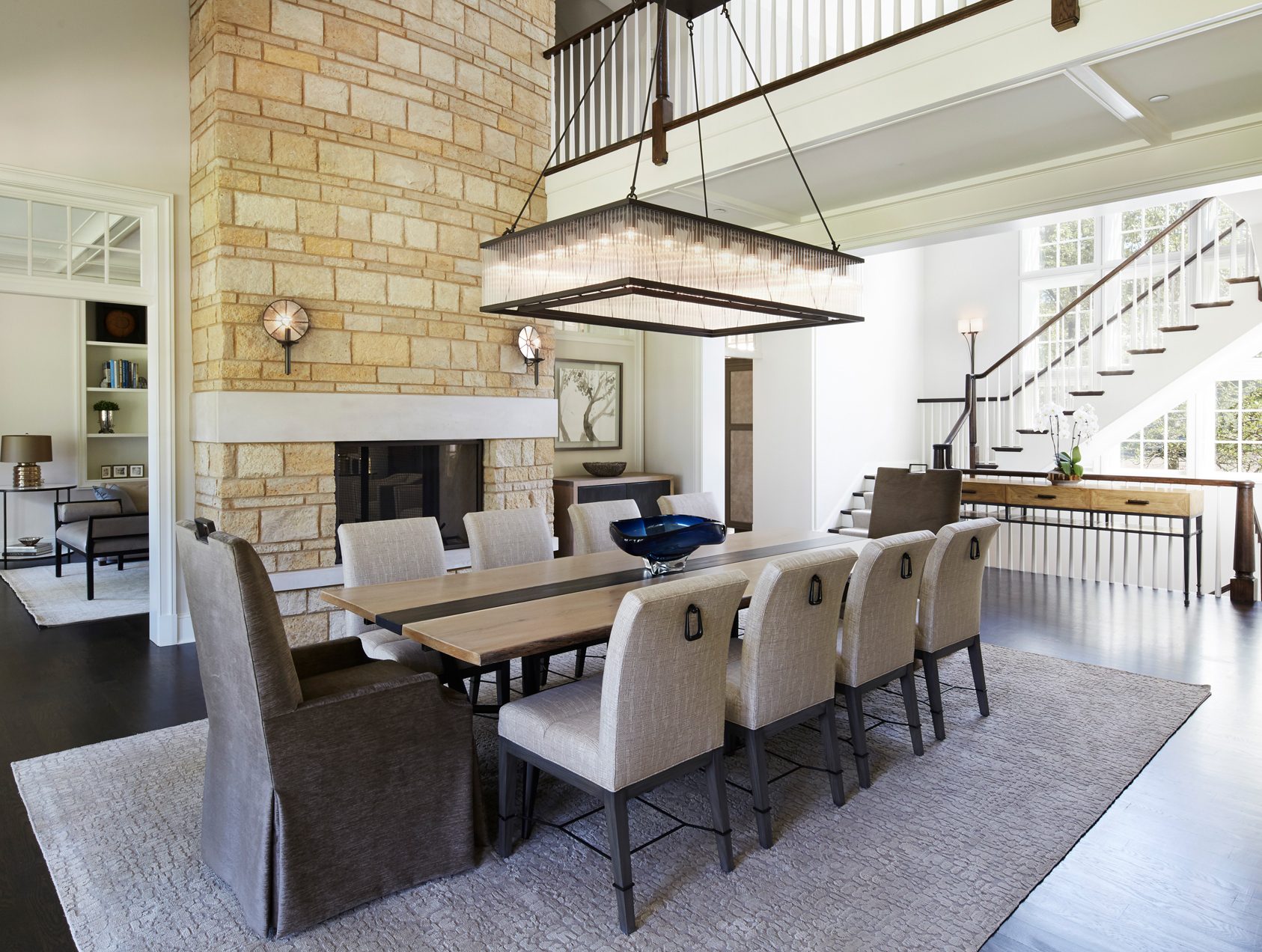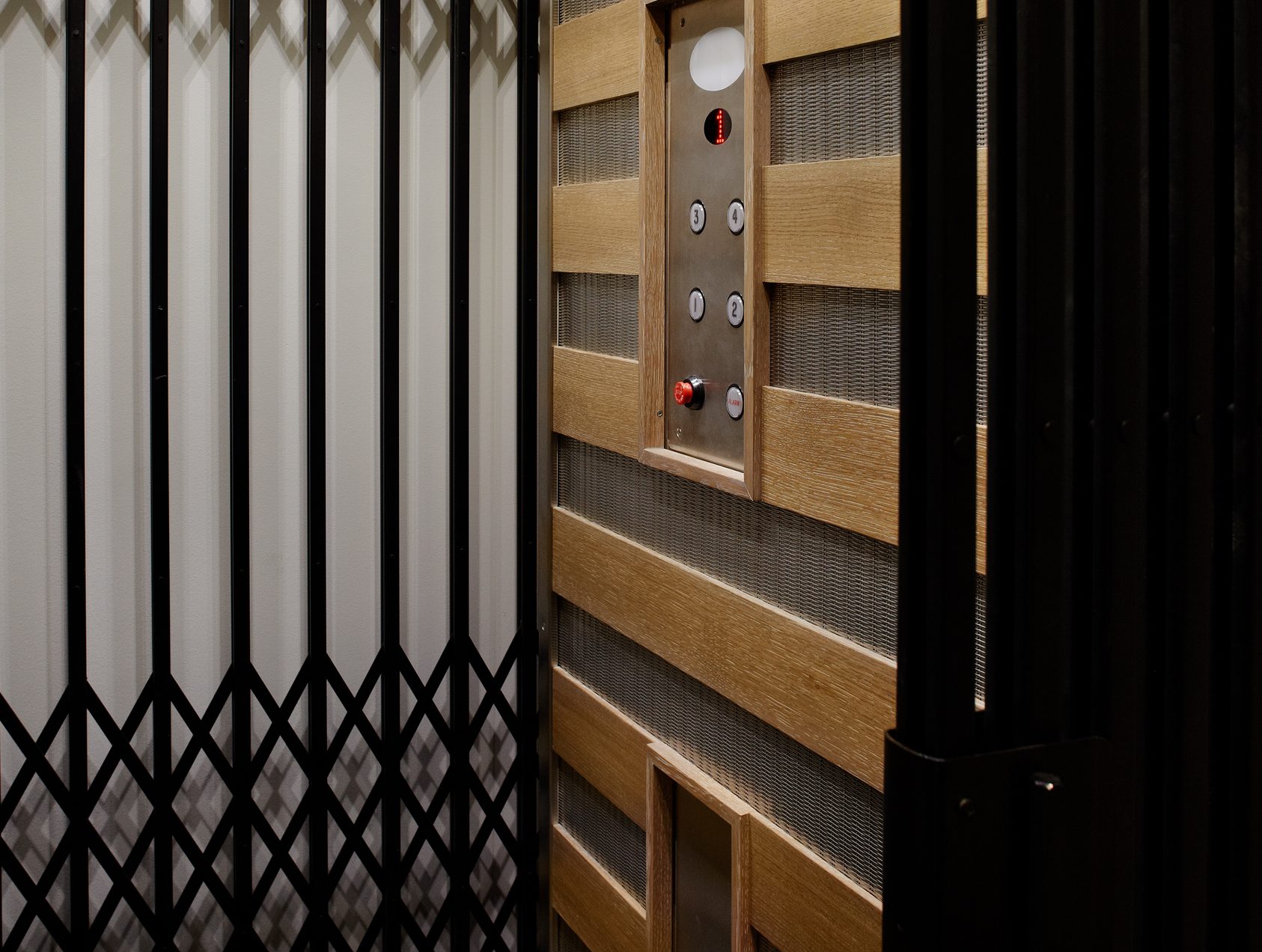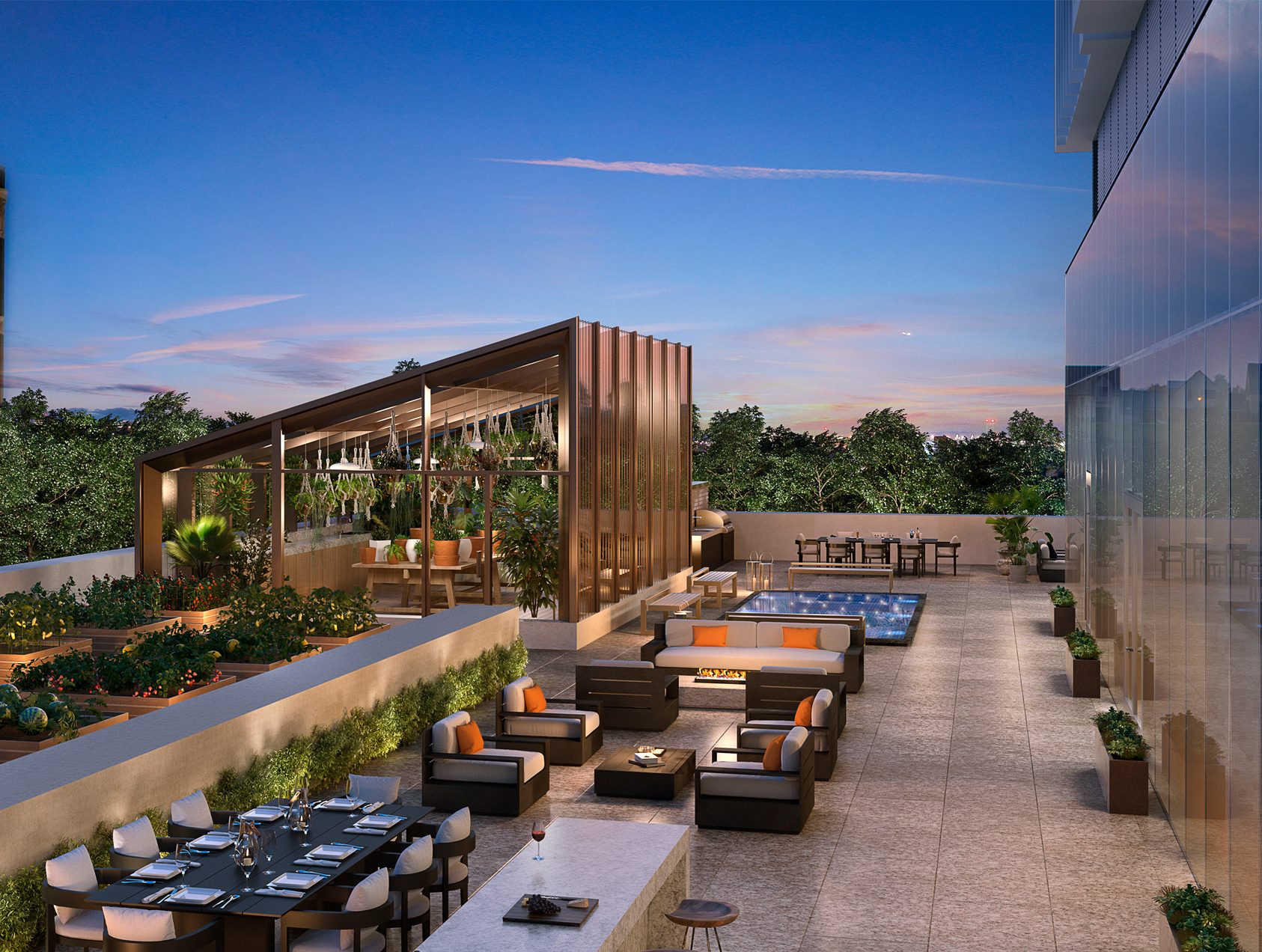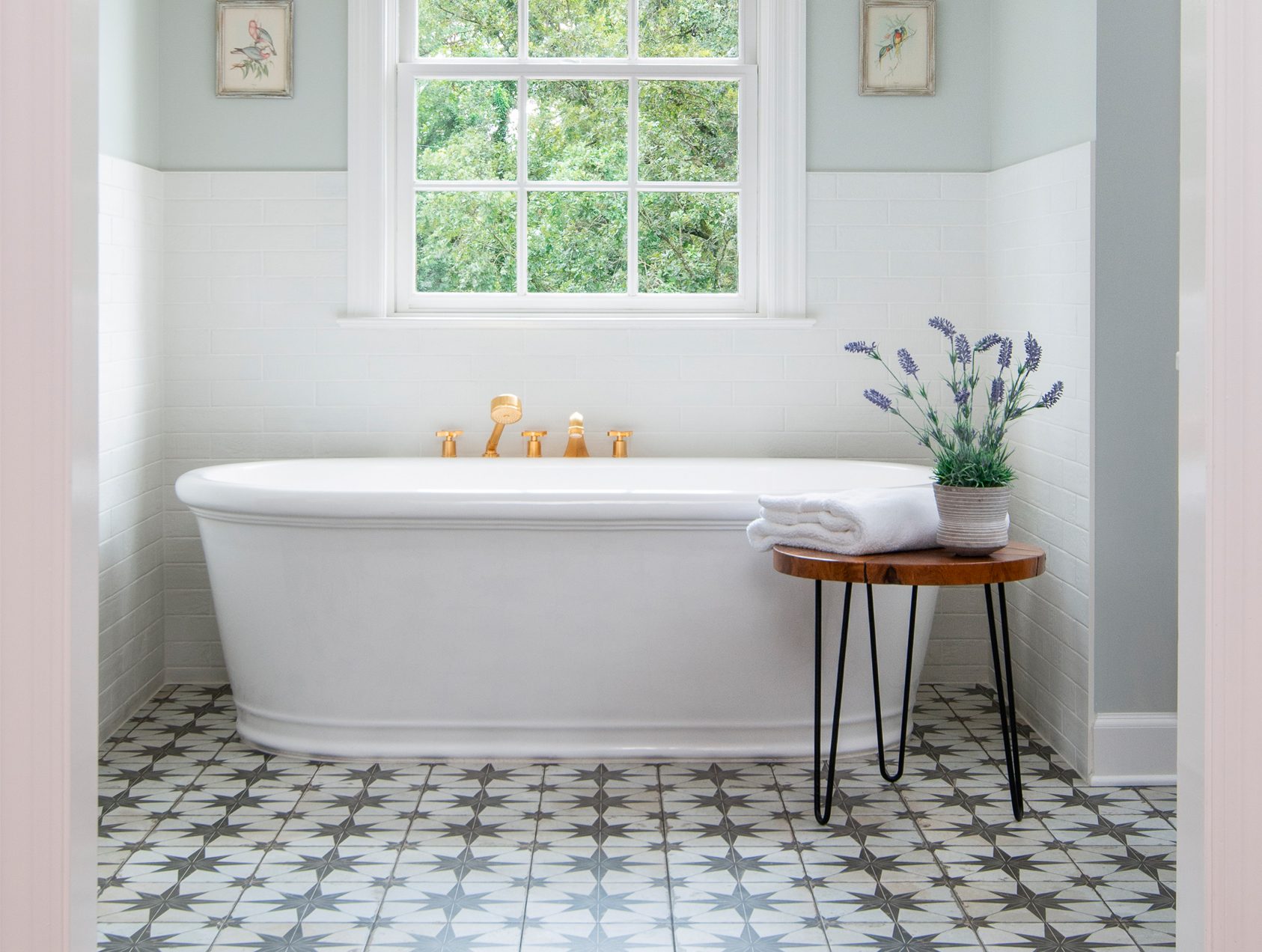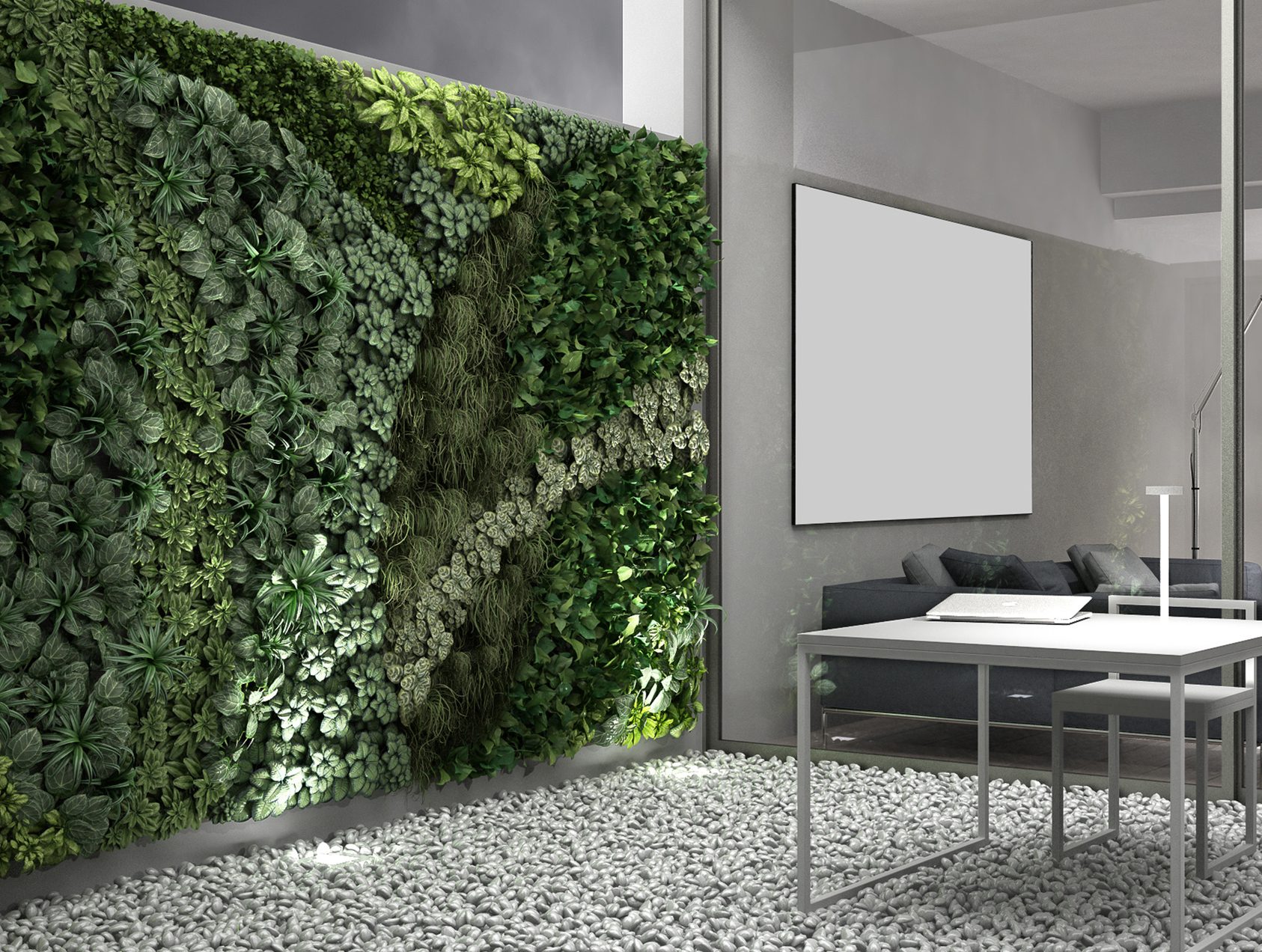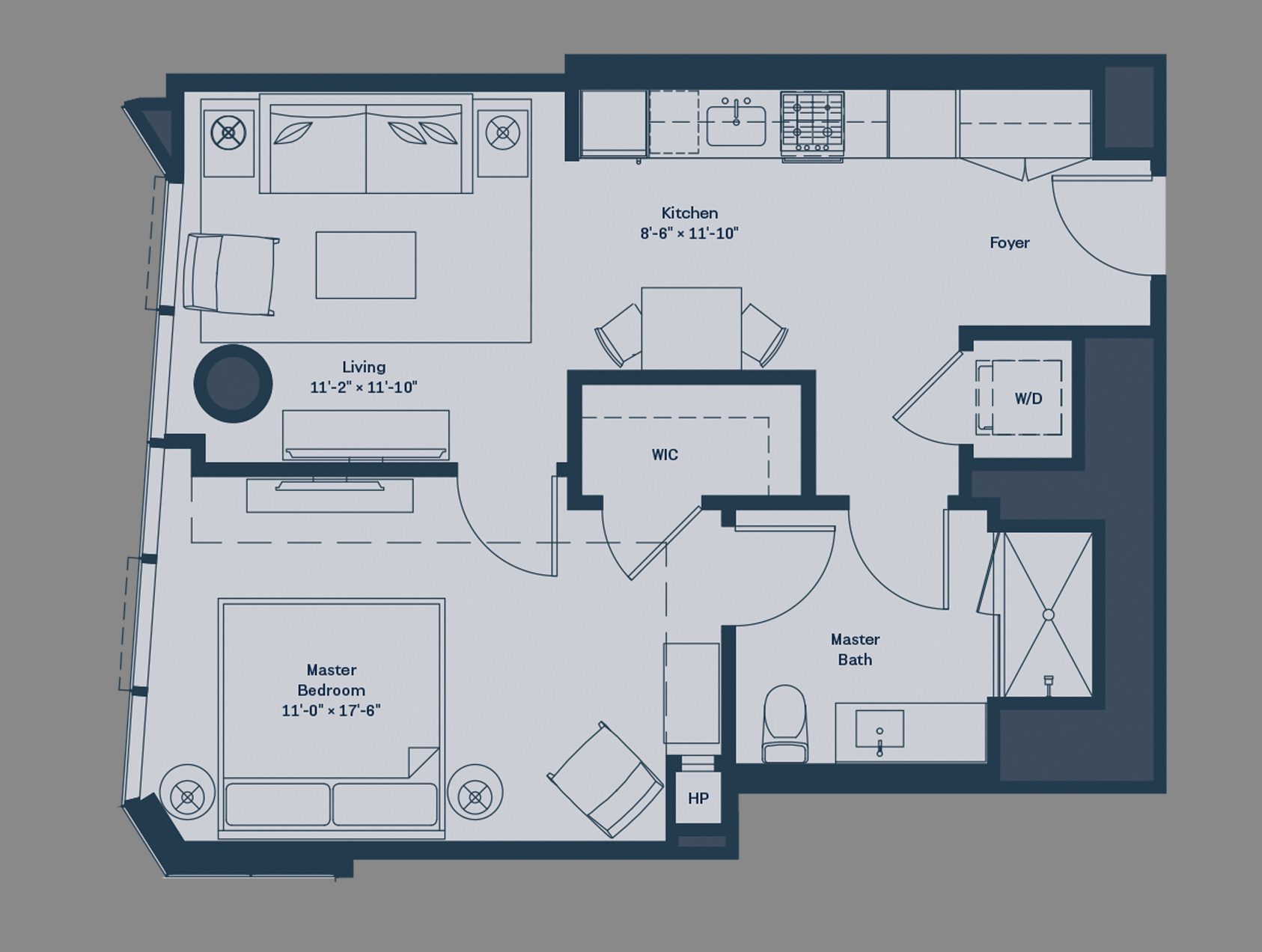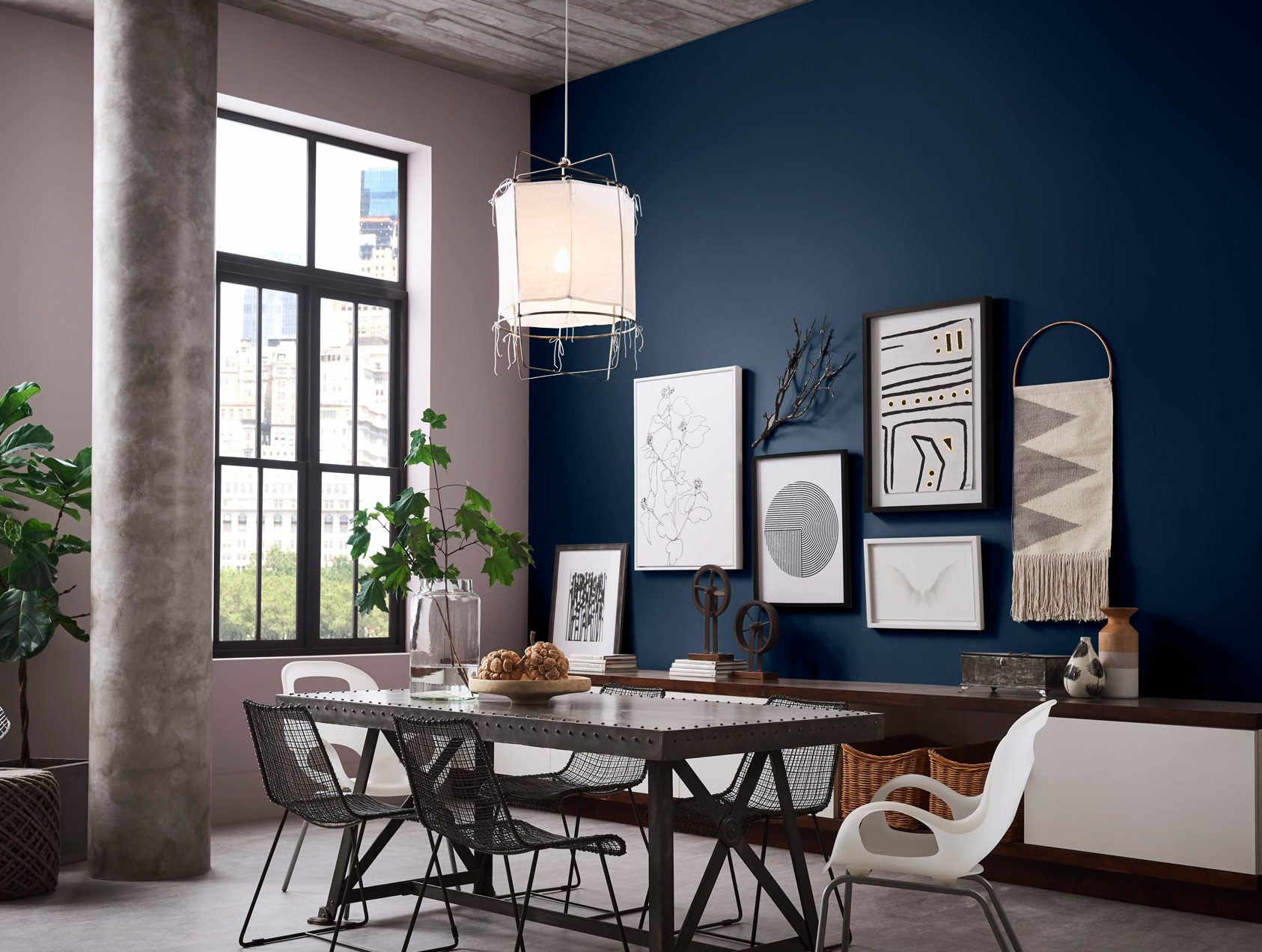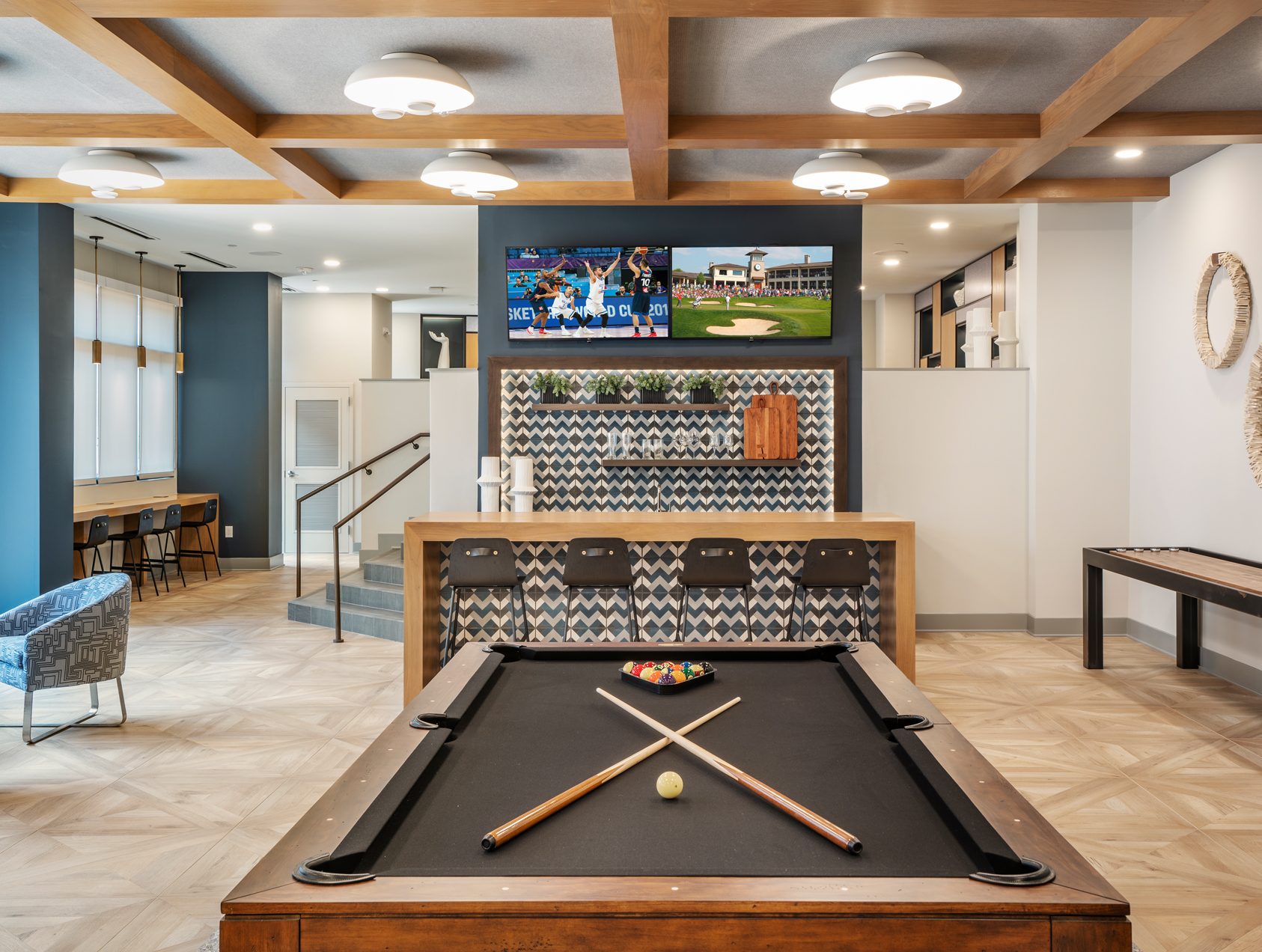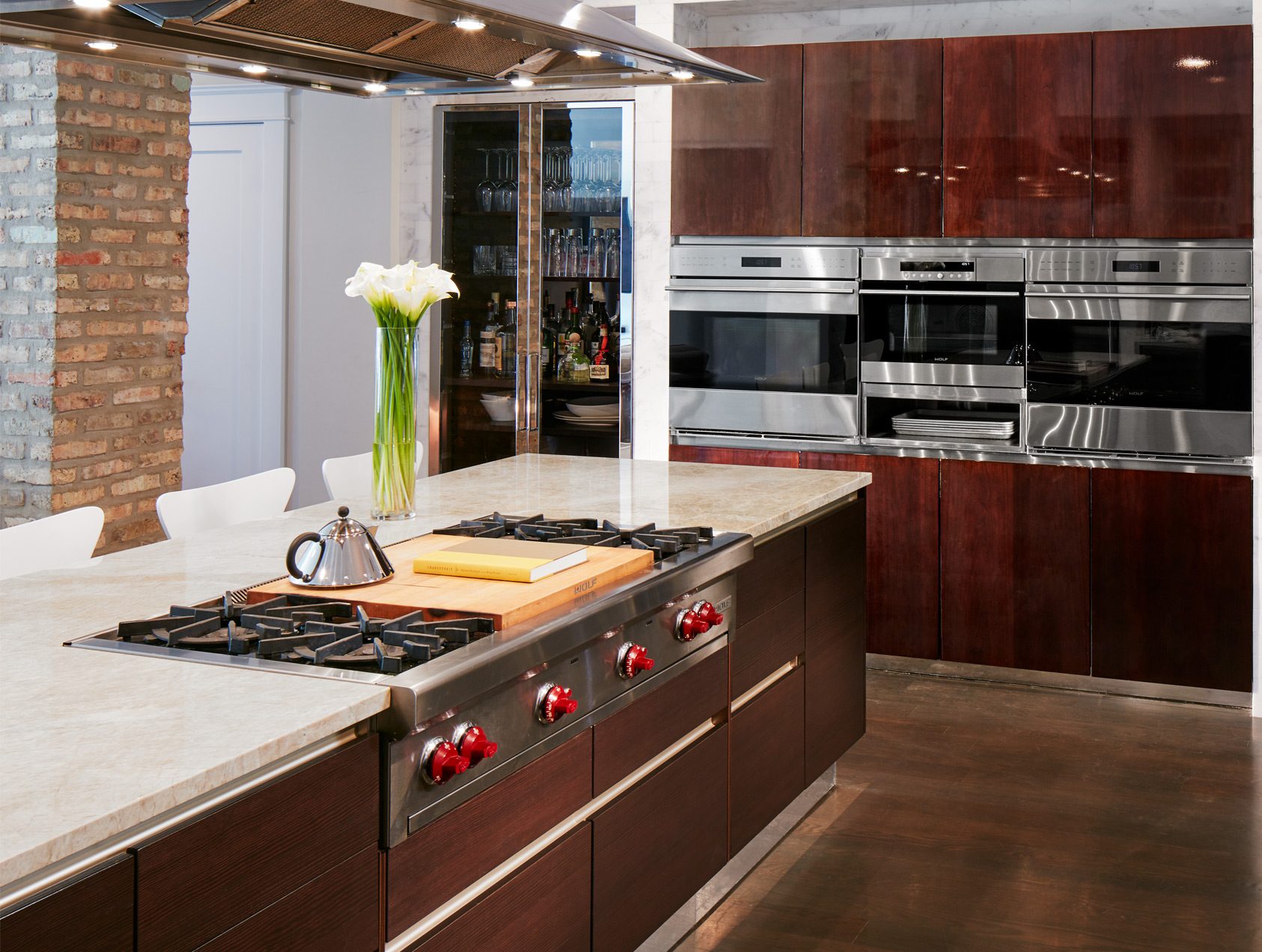Selling a home these days can be tough. Buyers have become more particular. Few people care that a seller spent decades collecting snow globes, colorful Fiestaware, or mugs from around the world. Instead, they’re looking for fresh, thoughtfully furnished rooms where they can create their dream setting rather than buy into the seller’s life.
This is why staging has become so important.
Fiona Dogan with Julia B. Fee Sotheby’s International Realty in Rye, N.Y., is a diehard staging advocate who recommends the strategy to all her clients. “You can’t list a house without staging it, unless it’s going to be a teardown,” she says.
The prime reasons staging has become commonplace is due to consumer demand and the proliferation of online home shopping, says Amanda Wiss, a professional organizer and owner of Urban Clarity in Brooklyn, N.Y., who added staging to her skill set.
“Most buyers first see a home online, so photographs matter,” she says. “If it’s too cluttered, they might not go look at it in person.”
While staging may have attained its popularity in higher-priced and vacant listings, it now appears in all segments of the market. As a result, more savvy real estate pros like Dogan recommend sellers have their homes staged before they list, no matter the price, size, condition, or location.
The goal is the same for all listings: to help the seller achieve the highest sales price in the quickest time, says Adelaide Mulry, an agent with Daniel Gale Sotheby’s International Realty in Locust Valley, N.Y., also a professional stager and designer. The good news is that the number of people available to stage a home has increased dramatically in recent years, with 28% of listing agents staging sellers’ homes before listing, according to the National Association of REALTORS®’ 2019 Profile of Home Staging report.
Sellers can take their pick of whom to hire. There are full-time professional stagers, real estate professionals who have jumped in to learn, and professional organizers like Wiss. Some home owners like to do staging themselves, motivated by reality TV shows and Marie Kondo–style decluttering books.
There’s a growing list of courses as well, such as the three-day program offered by stager and designer Kristie Barnett of The Decorologist in Nashville. Other accreditation programs and industry designations—such as the Accredited Staging Professional or the Designer Society of America’s Certified Home Staging Professional—give a stager the chance to tout their expertise. Companies that offer staging resources have also become more plentiful in the form of attractive rental furnishings, artwork, and accessories. Some stagers and real estate pros prefer to buy merchandise, which Dogan has done.
Staging Works
After Wiss staged a two-bedroom condominium in Brooklyn, the owners received four offers at an open house that sparked a bidding war. The property sold for 25% more than the listing price.
Sellers who don’t stage a home before it’s listed risk losing out to comparable staged homes, says Christopher Barrow, co-managing partner and broker with Foundation Homes Property Management in California’s Marin County. “Nobody wants a home with Venetian plaster from the ’80s,” he says.
Staging first emerged in the 1970s after real estate pro Barb Schwarz, who has a background in theater, developed the concept and trademarked the term to help show her listings. It originally involved simple decluttering, making basic repairs, and arranging furniture; nowadays, it’s used to completely transform rooms and sometimes entire homes, so they look new. It can even go beyond adding furnishings; some use luxury towels, designer shoes, and handbags to suggest a lifestyle, says Lynn B. Telling, an agent and luxury specialist with Illustrated Properties in Palm Beach, Fla.
The number of rooms staged in a listing typically depends on a home’s overall condition, market competition, and listing price. But usually staging a few main rooms will suffice. “You can always leave a few spaces to a buyer’s imagination rather than do the entire house,” says Marcie Barnes, director of strategic growth at Prevu Real Estate, a New York–based real estate company that focuses on buyers.
Buyers consider the living room the most important to stage, followed by the master bedroom and kitchen, according to NAR’s staging report. In each staged space, the goal is to create a universally appealing, updated, clean setting—what Dogan calls “today’s staged aesthetic.” Common denominators include neutral colored walls and hardwood floors (a rug is OK as long some flooring shows), a few pieces of comfortable, modern furniture to hint at a room’s use (perhaps a laptop on a table), mostly empty countertops and bookshelves, good modern lighting, a few accessories, and some art or a bit of color to add a pop so the space isn’t devoid of personality.
Fresh greenery offers a bit of warmth, says Barnes. Often, the desire to show some creativity is reserved for a small space, such as a wallpapered powder room. Barnes also likes to include a seasonal reference—a beachy vibe come spring and summer or cozy feel in the fall and winter—and at least one hot trend, such as a smart-home tech device.
Sometimes, however, more work is required to make a listing showing-ready because of the home’s condition or the market it’s in. Agent Barb St. Amant with Atlanta Fine Homes Sotheby’s International Realty recently had a listing in an Atlanta suburb that required interior and exterior paint, wood rot repair, kitchen and master bathroom renovations, and property landscaping to compete in that area. The home sold for 96% of its list price, went under contract within a month, and closed 30 days later. “There were nine to 11 months of inventory in that area, and typical days on market were from two to three months,” she says.
Although staging often calls for a spare look, in some areas complete household settings are making inroads—at least in trend-setting Los Angles. There, luxury staged homes are displaying more furnished interiors that are so complete, some buyers purchase what’s featured after they buy the house, says Meridith Baer. Her 30-year-old eponymous firm, Meridith Baer Home, in L.A., is hired both by agents and developers to stage their listings. The firm routinely stages 30 properties a week. “We want buyers to fall in love, and we do a variety of looks, from more minimal to very layered,” she says.
The Cost Breakdown
What a seller typically spends on staging is proportionate to the home size and condition, listing price, estimated return on investment, and competition. Sometimes sellers may not have to spend funds at all since some agents offer their time for decluttering, rearranging furnishings, and making suggestions. That’s the approach Kati Baker takes, a luxury home staging specialist with Downtown Realty Co. in Chicago. She rearranges furniture, bookshelves, and art and removes anything in the house that may cause an off-putting smell.
Dogan always works with sellers to determine the level of staging needed to best show off their home and within their budget. She covers the cost of a staging consultant to assess the home pre-listing. If the seller wants to use the stager, Dogan hires the person, but the seller pays for the services and any related costs. Dogan will also tap into her own inventory of items for some stagings. Typically, her sellers’ costs range from $2,000 to $5,000, which might involve a simple paint refresh or furniture rental, she says.
However, staging a large vacant house may cost significantly more, upwards of $30,000 for some of her listings. But Dogan says the return on investment can be $50,000 or greater in her New York market. On average, sellers see about a 5% return on investment nationwide, according to the 2019 NAR report.
St. Amant offers sellers a free two-hour consultation with a stager. Most stagers in her area charge $125 to $250 an hour. The goal, she says, is to spend the least amount of money and get the greatest return. And some sellers invest significantly. A client of St. Amant, who lived in a neighborhood with $1 million homes, recently spent more than $100,000 getting the house ready to list, half of which went toward deferred maintenance.
“With advice from the stager, we made necessary changes to the 30-year-old home and quickly got an offer that was nearly $200,000 over what we might have if it hadn’t been updated and staged,” she says.
Not all sellers can afford to do this, so it’s important that agents work within a budget.
Mulry reminds sellers that the cost of staging is nominal compared to a possible price reduction they’d have to make if the home sits on the market, unstaged, with little interest from buyers.
10 Questions to Ask When Hiring A Stager
Help clients do their staging homework. First, find out what comparable homes look like and whether they’re staged. Then interview potential stagers with these questions.
- Can I see before-and-after photos of jobs you’ve handled? Can you explain what you did and why?
- Do you usually stage all the rooms in a house or condo, or just a few key rooms? Which ones?
- Do you recommend taking down artwork and curtains and removing most accessories?
- Do you have access to a staging inventory that you own or rent? If the furnishings will be rented, how long is the rental period?
- Can any of my client’s furnishings be used for staging, and if so, which ones?
- Do you recommend other improvements, such as painting, polishing floors, or resurfacing kitchen cabinets if you believe it’s required?
- Do you offer expertise concerning the property’s exterior?
- How will the seller will be charged? Is it by the number of rooms, hours on the clock, or a flat fee for the entire project?
- What’s your average return on investment? How much might my seller might realize if the home is staged versus not staged?
- Can my client get the specifics of your staging proposal in writing?
Source: Christopher Barrow, Foundation Homes Property Management, Marin County, Calif.
The Anatomy of Staging
Staging should celebrate a property’s features while attracting a large pool of potential buyers. Here are two before and after examples.
The Before and After of Two Homes
The key to staging is showcasing a home’s best features without making it look like a furniture showroom lacking character, says Kati Baker, luxury home staging specialist with Downtown Realty Co. in Chicago. These before-and-after photos help reveal the staging process in two different properties.
Living Room: Before
Professional organizer and stager Amanda Wiss, owner of Urban Clarity in Brooklyn, N.Y., worked on the living room of a home that included two cluttered etageres, heavy window treatments that concealed light and views, and dark wallcovering that made the room appear smaller. The walls were lined with artwork and the room had too many furnishings, so it didn’t encourage sitting and conversation. A dated rug covering most of the floor.
Living Room: After
Wiss decluttered the two etageres and moved them along one wall. She added a large, neutral rug that expands the space and defines the seating area while still leaving the flooring exposed. She improved the arrangement with a few pieces of comfortable furniture and a good walk-around space that’s still close enough for conversation. Pops of color complement the room and a trio of mirrors creates the illusion of depth and makes the area feel bigger. The piano in the corner adds a handsome focal point, expressing refined taste and adding warmth with its wood case. The neutral background of crisp white paint also makes the room appear larger and brighter in an easy, affordable way. For more light, windows were left uncurtained. “Curtains are fine as long as they are not fussy,” Wiss says. “But in this room, the lack of them adds a clean, modern focus.”
Dining and Living Room: Before
Real estate agent, designer, and stager Fiona Dogan with Julia B. Fee Sotheby’s International Realty in Rye, N.Y., staged a dining room and living room that was overrun with dark colors and grains. The windows had old-fashioned patterned valences that made the room look dated. It also included an outdated table lamp, dark walls, a dark, old-fashioned wood table and chairs, and dark fabrics on the sofa and other upholstered pieces in the living room. The busy patterns on two Oriental-style rugs were distracting and covered a large area of the floor.
Dining and Living Room: After
Dogan had the walls and fireplace painted white to freshen and lighten up the space. She added a contemporary pendant light for a big accent and replaced the table lamp with a floor lamp in the corner for a more modern vibe. She replaced the heavy wood table with a glass dining room table and modern chairs for style and lightness with one simple, modern objet d’art as a centerpiece. The left deck is without furniture to open up the space. Dogan also removed the patterned dark furniture and replaced it with white upholstered seating for a contemporary look. The rug under the table was removed to show off the flooring, while another contemporary area rug was added by the seating area.

